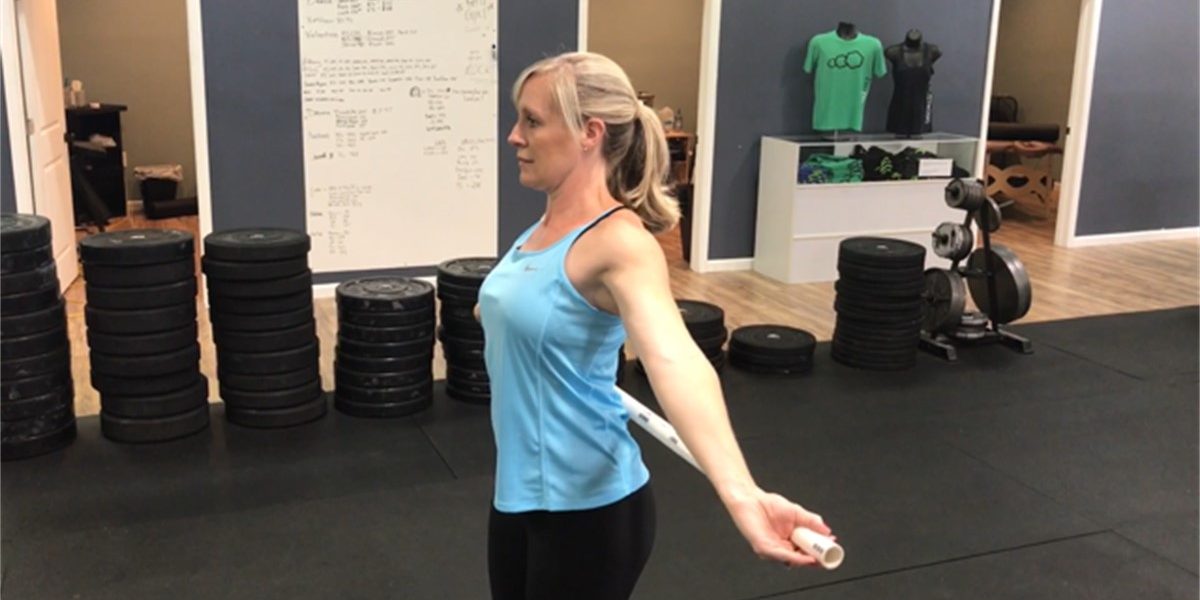Myths and Benefits of Stretching
Mobility, mobilization, stretching, whatever you want to call it. Stretching is great – Or so we’ve all been told. We’ve all been sold on the benefits of stretching. Heck, some folks make their entire income by selling mobility tools and stretching routines. All around the world, people stretch before sports and games of all kinds! But did you know stretching doesn’t reduce your chances of injury?
Yes, stretching and flexibility training have benefits. But you are probably stretching for the wrong reasons. If you want to lengthen your muscles and decrease your risk of injury, there are better ways to do it!
So before you take another sip of that Kool-Aid, shouldn’t you learn what stretching does? Shouldn’t you look into the best ways to mobilize? Is the best time before or after a workout? Static or Dynamic? What are your goals?
Flexibility vs Mobility
First off, a few definitions: Flexibility is the ability to move your joint through a certain range of motion without pain. Mobility, on the other hand, is the capacity to perform a functional movement without restriction to your range of motion. Mobility requires flexibility but is also dependant on things like control, strength, and balance. You can read more about these differences here.
But when we talk about flexibility, we’re only looking at it in a single measure: The pain-free range of motion that a single joint can attain. Can stretching improve that? And how does that help your athletic performance?
So without further ado, let’s get into the details. Here are 4 myths, and 4 truths about stretching that you can use every day!
Myths about Stretching
Myth #1: Stretching Will Prevent Injuries
A plethora of studies show that static stretching does improve joint range of motion. But an equally impressive number of studies show that it doesn’t prevent injuries! When we say static stretching, we mean the traditional stretches that we all know. You put your leg, arm, or back in a weird position and hold it there until you can’t stand it anymore. If you keep doing this over and over, day after day, you’ll eventually be able to lick your elbow or kick yourself in the back of the head – like a ballerina! These goals are not at all silly and obviously worthwhile for the average human (now where did I put that sarcasm font…)
While being that flexible may make it easier to do things like chewing your toenails it, unfortunately, does NOT decrease sporting injury rates. All those hamstring stretches your coach made you do have consistently failed to reduce the rate of torn hamstrings. When you look at teams that stretch regularly and compare them to teams that ignore stretching completely, they have the same chance of coming up lame with a torn hammy. And trust me, there are a lot of studies checking it out!
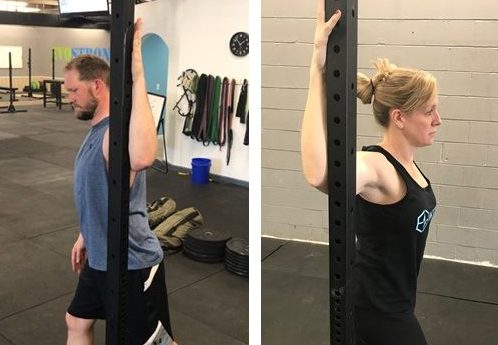
Myth #2: You Can Never Be Too Flexible
Also false; being overly flexible can cause many problems. Being overly flexible is also known as being “hypermobile.” Many people with hypermobility suffer from problems like shoulders that dislocate very easily. Even reaching overhead can cause their extremely lax joints to pop out of socket!
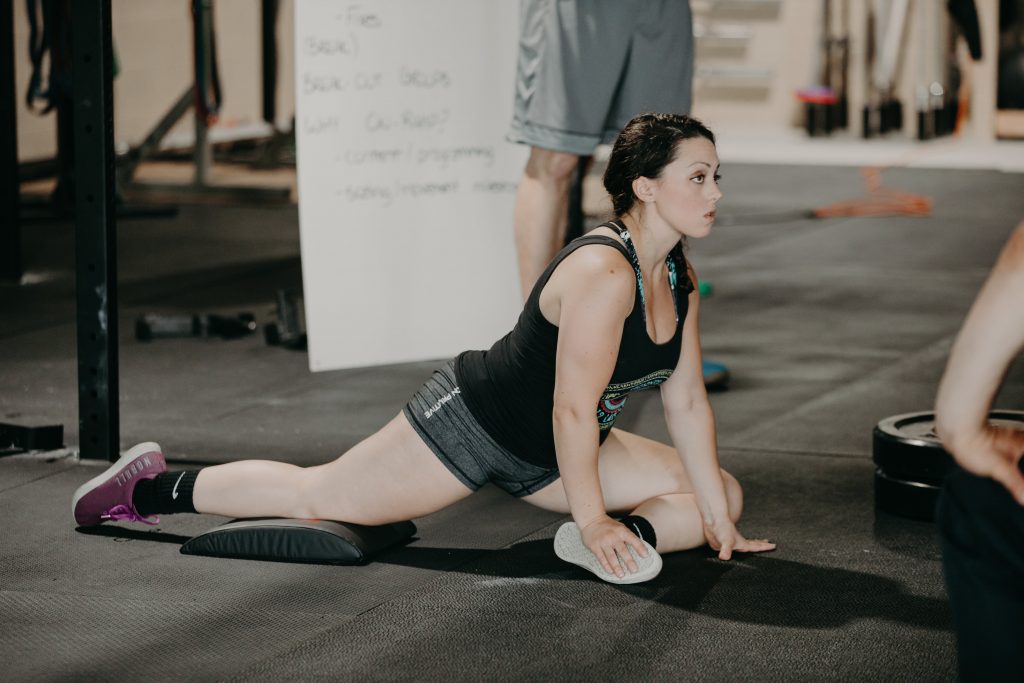
Myth #3: Stretching Lengthens Your Muscles and Tendons
Sorry! Simple every day stretching does not lengthen your muscles or tendons at all! The only way to stretch a muscle longer is by casting it in a stretched position for weeks at a time! If you do that, your muscle will add sarcomeres (the individual motor units) in series to make the muscle longer. But the losses you’d experience from immobilization far outweigh any benefits you might gain.
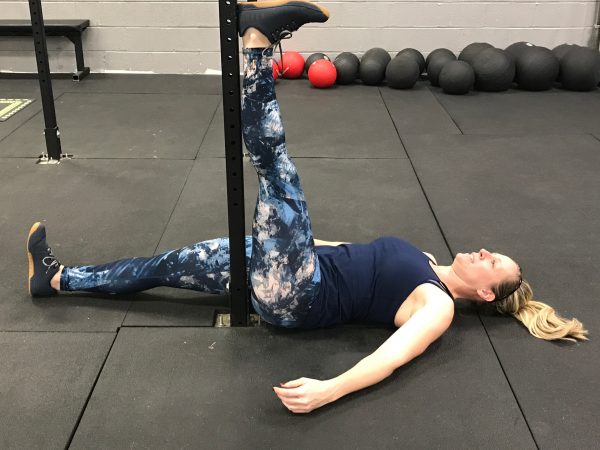
Myth #4: You Should Stretch Before Sports
That’s right folks. Static stretching before sports is a bad idea! Now I know some old football coach just called me an idiot, but hear me out! Study after study has shown that simple static stretching actually has a negative effect on athletic performance. So all those teams you see out there stretching their legs right before the big game are actually probably decreasing their chances of winning. (Larson Sports and Orthopaedics: Raining on parades since 2017! )
In fact, it’s been shown that sustained static stretching before lifting can decrease the strength of the stretched muscle by 5%! That can be 15 to 20 lbs or more on competition level Olympic lifts. And static stretching can decrease power and explosive performance also. That’s basically a detriment to everything you want to maximize on the court or field of play!
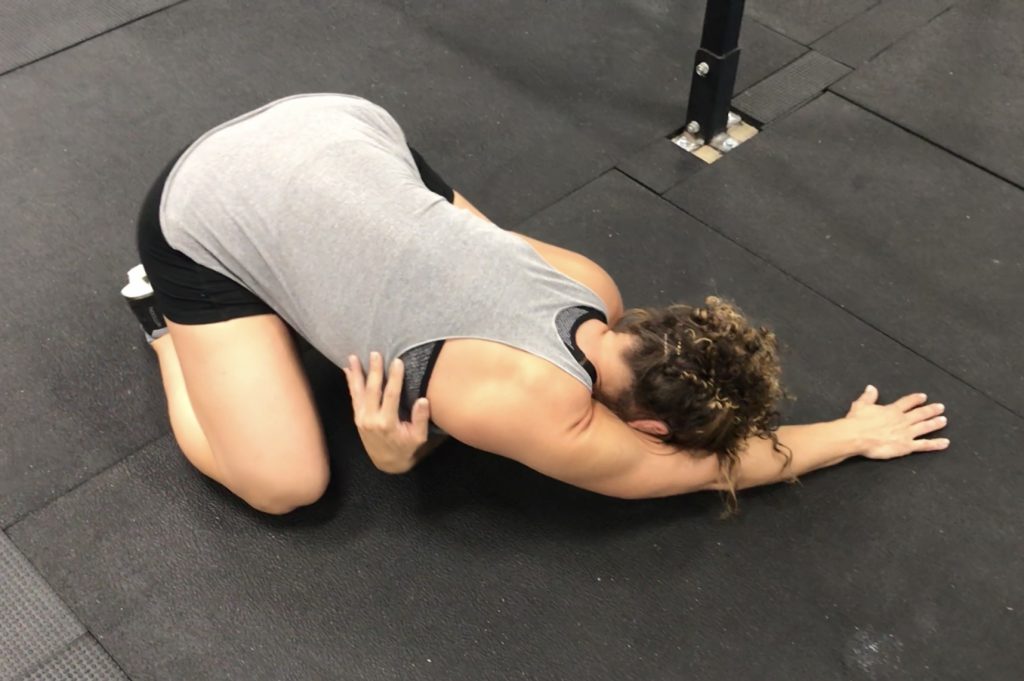
Myth #5: Stretching Prevents Soreness
This one is actually a bit of a mixed bag. Light stretching may help a little bit when you are sore the day after a hard workout. But intense stretching can lead to even more muscle damage and pain if you aren’t careful! It’s best to go easy and keep your stretches light.
Ultimately there are far better ways to prevent soreness after a workout and you can read about a lot of them here.
Facts About Stretching
Fact #1: Stretching Can Decrease Your Daily Pain
Static stretching works by doing one thing: desensitizing your joints! It doesn’t actually make the muscles, tendons, or ligaments any looser or more stretchy. Stretching works by resetting the threshold for your sensory nerves during your range of motion. You are literally only forcing your body to stop complaining!
Proprioceptors (sensory cells that transform mechanical forces into nerve impulses) send a signal to our brain when a joint has reached its perceived maximum motion. When you sit around and don’t move much, these proprioceptors reset their baseline tolerance to smaller ranges of motion. And when you move and stretch, their tolerance for motion becomes greater.
So stretching does make you feel better! Stretching allows you to bend, squat, sit, and move with fewer complaints from your joints resulting in less pain and stiffness in your everyday life!
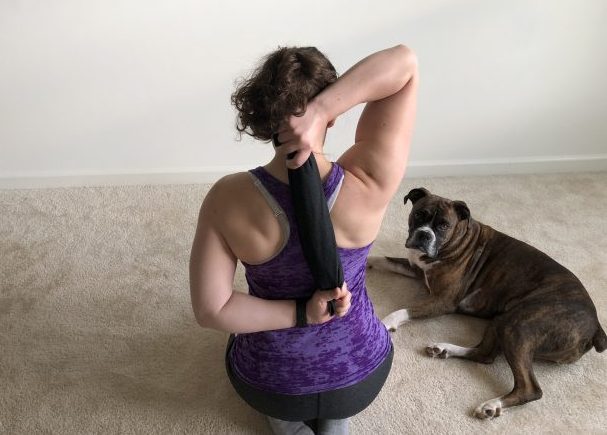
Fact #2: Stretching Can Improve Your Workouts
Your muscles have an optimum length at which they can exert the most power. And they will also become stronger in the specific ranges that you work them over.
So if you can’t reach full depth on a squat, you’ll never get the maximum benefit from that exercise. Stiff knees mean that you can’t squat below parallel. If you can’t squat below parallel, you won’t get full activation of your hip muscles. And if you don’t get full activation of those hip muscles, you’ll never get that beauteous gluteus that you’ve always wanted!
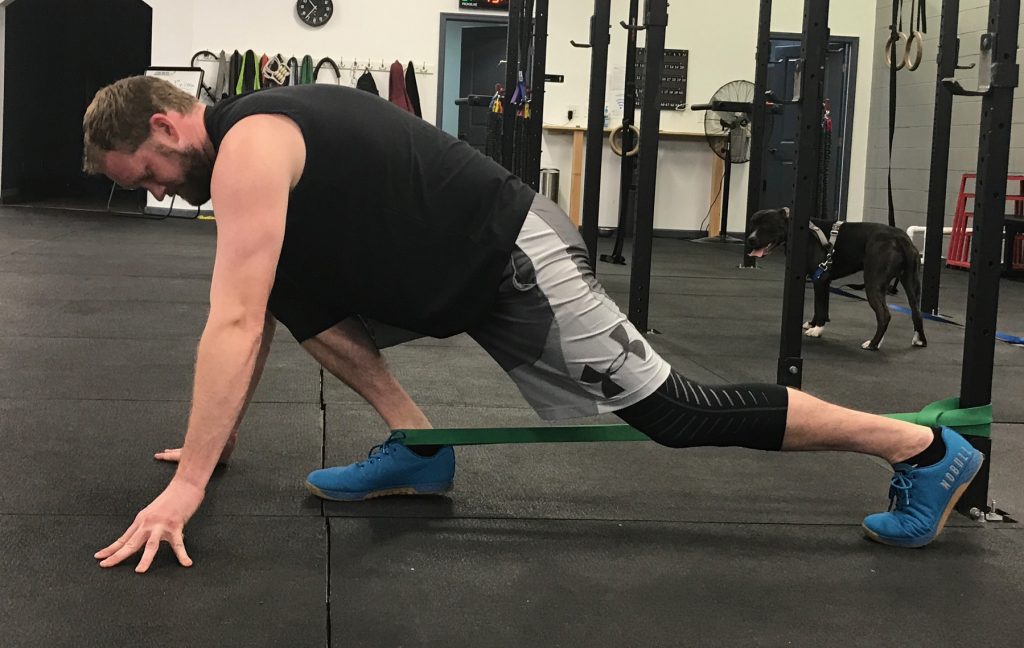
Fact #3: Dynamic Stretching Is Helpful Before Sports
“But wait… you just said… what the heck Doc?!?!” Before you start thinking one of us is crazy, look at that sentence again. DYNAMIC stretching is helpful before sports! Dynamic stretching is a whole different animal. In fact, it bears little resemblance to static stretching. Most people would think of dynamic stretching as more of a warm-up. It can include air squats, full depth pushups, skipping, twisting, turning, and hopping.
During dynamic stretching, you never hold a position for more than a few seconds. You want to move through a full range of motion with your joints, but not hammer away at one place in particular. This kind of stretching has been shown to readily improve your athletic function for quite a while. It’s definitely the better way to prepare for a game or workout.
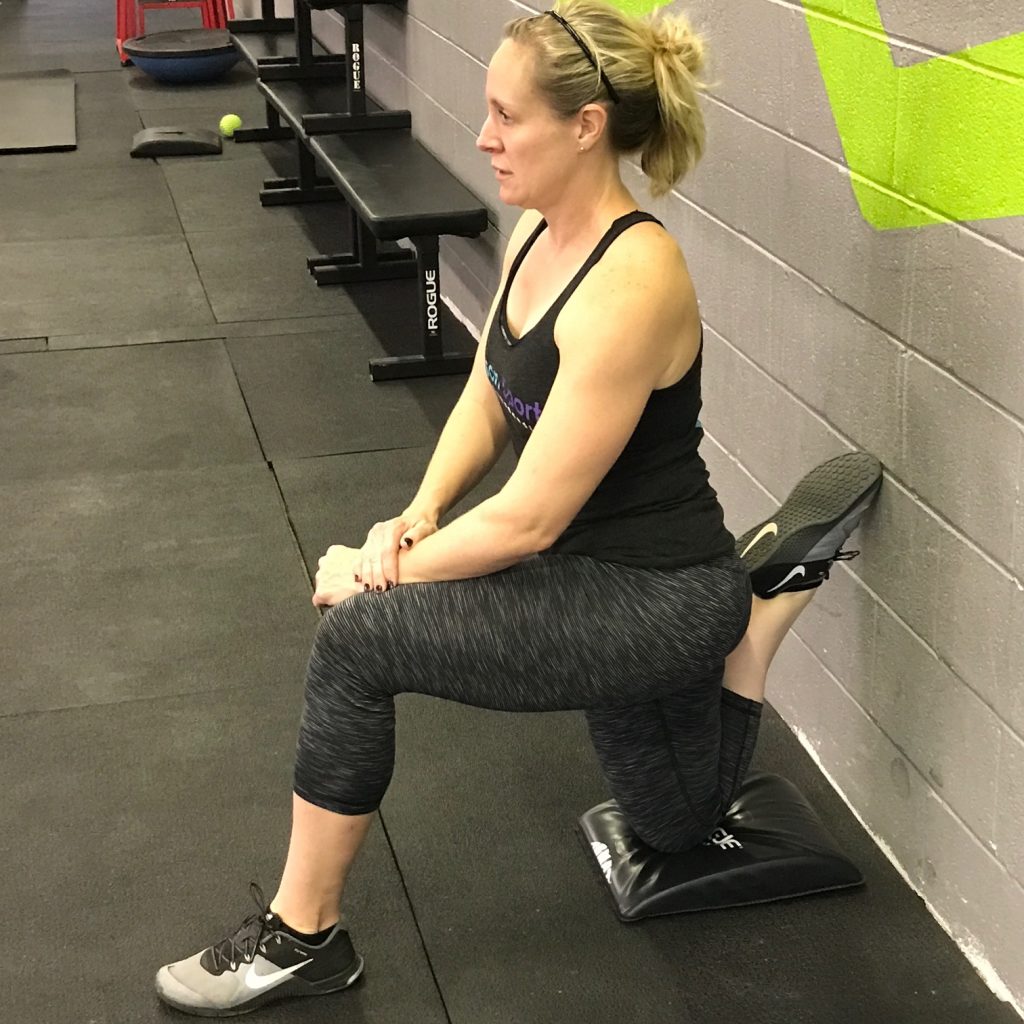
Fact #4: Static Stretching is Best Done After a Workout
Gentle stretching after a workout is fine. And it’s a good way to help focus on particularly tight areas in your body. But the best time to stretch is after you exercise. Or maybe even the next day! If you are the kind of person who hits the gym nearly every day, then pick a different time of the day to work on your flexibility.
In fact, 8 – 10 hours before or after your workout is probably ideal. This can help get you up and moving for a second time that day. And it can also help to prevent the stiffness that occurs from intense exercise.
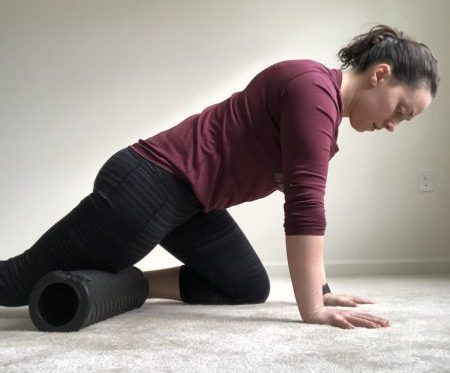
Fact #5: Static Stretching is Not the Only Way to Improve Flexibility
Other modalities such as foam rolling and myofascial release seem to decrease the overall resting tone of the muscle and help to mobilize tissue. They can help improve joint range of motion quite well also. And they don’t seem to have any negative effects on athletic performance! Yay!
Now there actually is a way to truly lengthen your muscles and decrease your chance of injury. It’s called eccentric exercise, and you should subscribe to our mailing list if you want to get information about it in the future.
Be sure to subscribe to our blog, updated bi-weekly, for more information on preventing injury and improving athletic performance!

